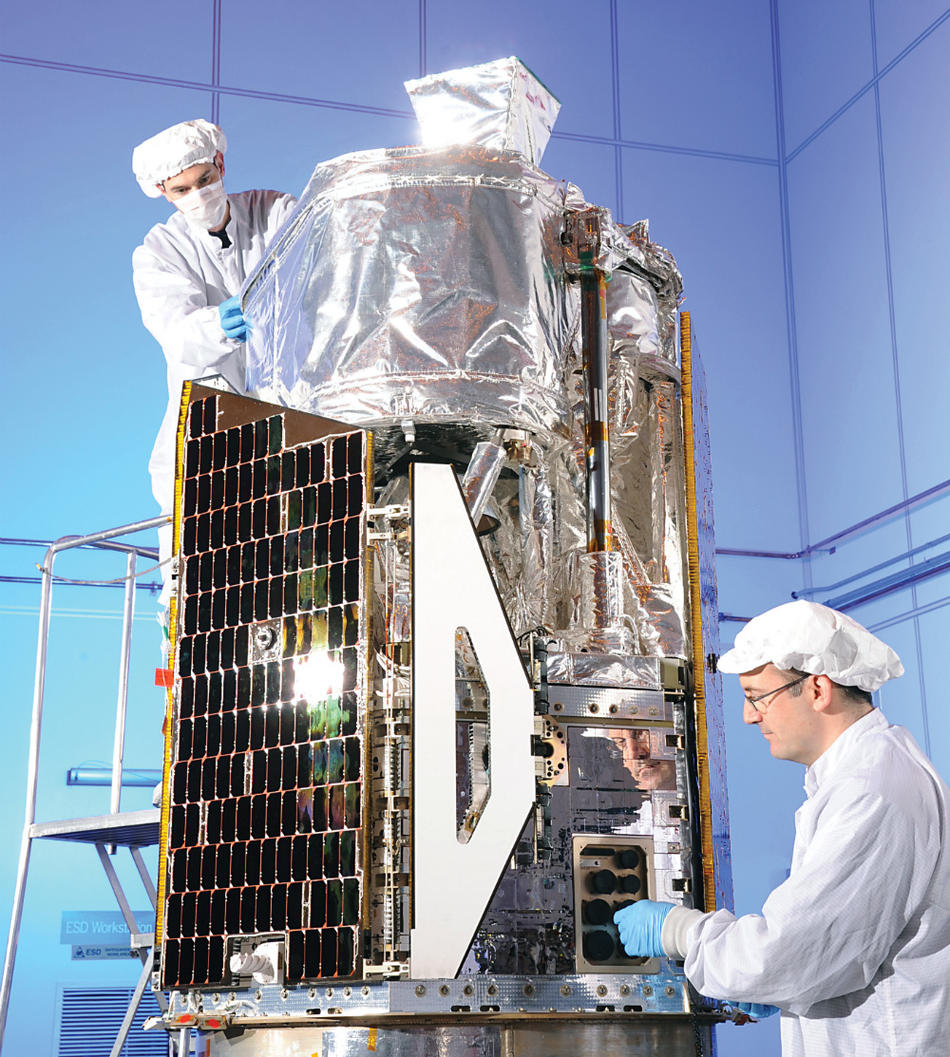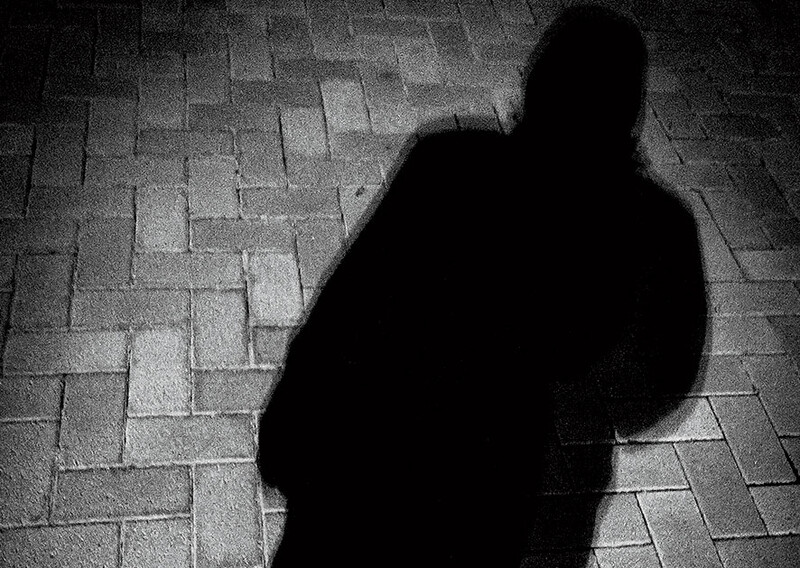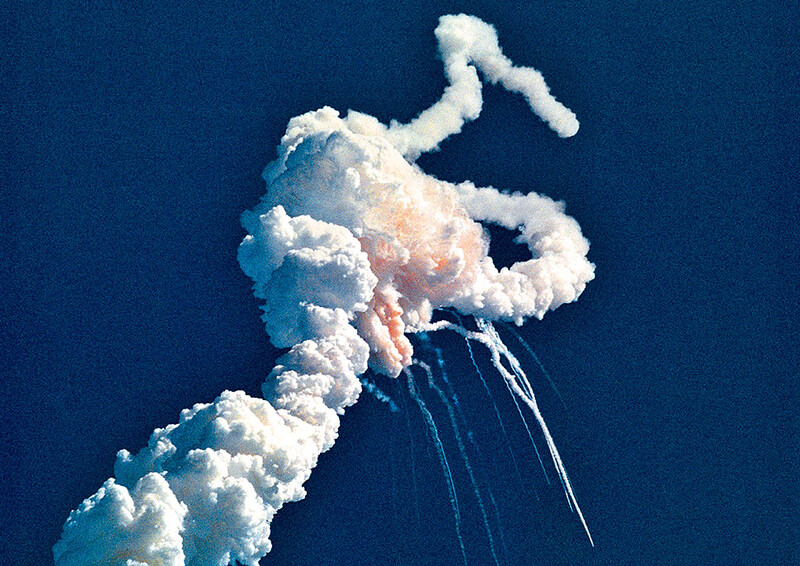An X-ray telescope whose optics were designed at Columbia was launched into space recently and is now orbiting Earth, its sensitive lens pointed at our galaxy’s dusty center.
The chief objective of NASA’s NuSTAR telescope is to conduct a census of black holes, which are difficult to spot because they form where gigantic stars have collapsed, generating huge clouds of space dust. The only light to escape some of these clouds comes from so-called “hard” X-rays, which are more powerful than the “soft” X-rays used in medical imaging and which pass straight through the components of all other telescopes invented until now.
NuSTAR is able to focus hard X-rays because of a special optical device created by Columbia physicist Charles Hailey. It consists of 133 cylinder-shaped mirrors arranged concentrically and tapered slightly at one end, such that entering light beams hit the mirrors at an angle of less than one-quarter of a degree, which is the only way to reflect the hard X-rays.
The telescope, shown at left being loaded into its spacecraft at Orbital Sciences Corporation in Dulles, Virginia, will be in orbit for the next two years.
“I can tell you that we’ll discover black holes of all masses, supernova remnants, and young stars,” says Hailey. “But what really sends chills up my spine are the things we’ll discover that I can’t conceive of yet, that no one can envision.”



